Separation anxiety in pets is a real struggle, and if you’re a pet owner, you might have experienced it firsthand. It’s that heart-wrenching feeling when your furry friend looks at you with those big eyes as you leave for work. While all pets can experience this to some degree, certain breeds are more prone to separation anxiety. Understanding which breeds are more likely to struggle can help you take steps to alleviate their distress. Here’s a list of 14 pet breeds that often have a tough time being left alone.
1. Labrador Retriever
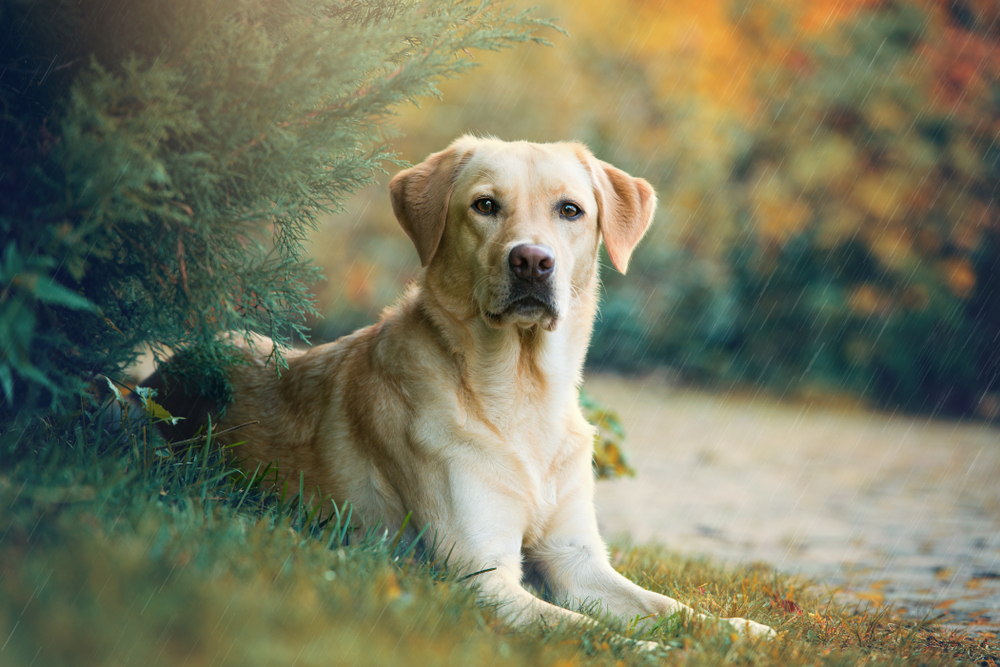
If you’ve ever owned a Labrador Retriever, you know how much they love being around people. These friendly dogs are known for their loyal and affectionate nature, which can make them more susceptible to separation anxiety. According to Dr. Nicholas Dodman, a renowned veterinary behaviorist, Labs are particularly vulnerable because they form strong bonds with their human companions. This bond means they can become distressed when left alone for extended periods. To help your Lab, consider puzzle toys or hiring a dog walker to break up the solitude during the day.
Labradors thrive on companionship and are happiest when they’re part of the family action. This need for interaction can make it challenging for them to adjust to being home alone. They might start barking excessively, chewing furniture, or even attempting to escape. It’s crucial for Lab owners to establish a routine that includes plenty of exercise and mental stimulation. Consistency and positive reinforcement can go a long way in easing a Lab’s anxiety when you’re not around.
2. German Shepherd
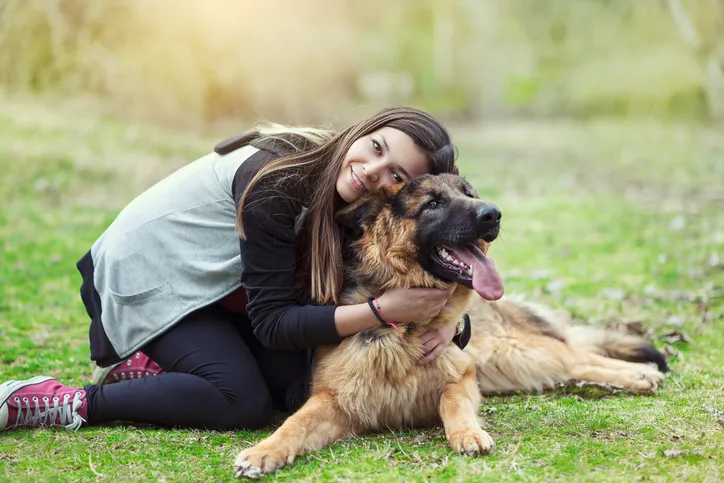
German Shepherds are known for their intelligence and loyalty, making them excellent family pets and working dogs. However, their strong sense of loyalty can also lead to separation anxiety when they’re left alone. These dogs are very protective and can feel uneasy when their family members are not nearby. If a German Shepherd becomes anxious, you might notice destructive behaviors like chewing or digging. Ensuring they have a job to do, such as obedience training or agility courses, can help keep them occupied during your absence.
These intelligent dogs need both physical and mental stimulation to stay happy. When German Shepherds don’t get enough exercise or mental challenges, they may become restless and agitated. A good way to address this is by providing interactive toys that challenge their mind or involving them in advanced training exercises. Regular walks and playtime can also reduce anxiety levels significantly. Remember, a tired dog is a happy dog, especially with this energetic breed.
3. Border Collie
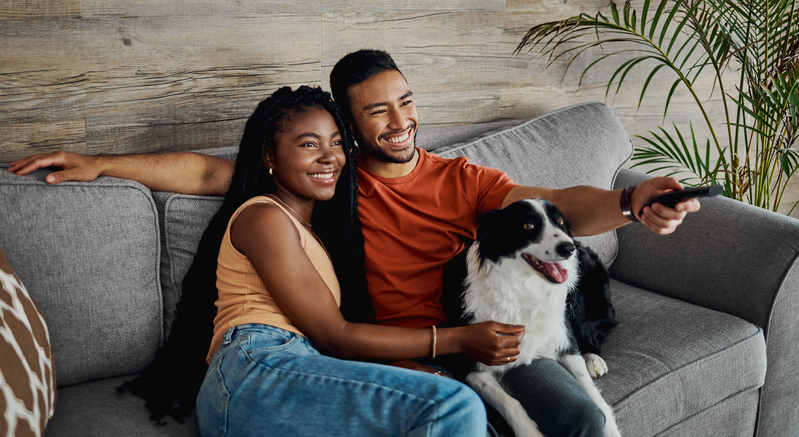
Border Collies are renowned for their intelligence and energetic nature, often excelling in agility and obedience competitions. However, their high energy and need for stimulation can make them more prone to separation anxiety. A study published in the Journal of Veterinary Behavior found that working breeds like Border Collies often develop anxiety when their physical and mental needs aren’t met. To manage their anxiety, ensure your dog has plenty of activities that challenge their mind and body. This might include agility training, herding games, or even learning new tricks.
When left alone, a bored Border Collie can become quite the troublemaker. They are known to bark incessantly, attempt to escape, or destroy household items if they’re not adequately engaged. Owners should focus on creating a daily routine that incorporates exercise and mental challenges to keep them content. Interactive toys, such as treat-dispensing puzzles, can be particularly helpful. Remember, keeping a Border Collie busy is key to preventing anxiety-driven behaviors.
4. Bichon Frise
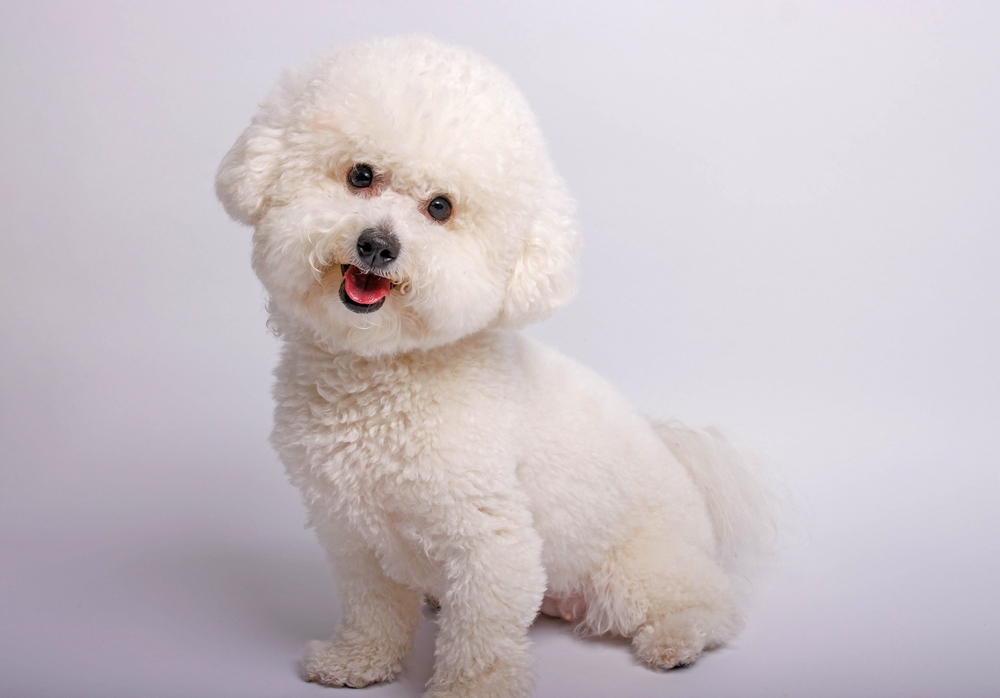
Bichon Frises are cheerful little dogs with a love for human companionship, but their friendly nature can make them prone to separation anxiety. These fluffy companions thrive on attention and affection, so being left alone can be particularly distressing for them. You might notice your Bichon becoming overly vocal or exhibiting signs of nervousness when you’re about to leave. To help them cope, consider establishing a leaving routine that includes a special treat or toy they only get when you’re out. This can help create a positive association with your departure.
Despite their small size, Bichons need regular mental and physical exercise to stay happy. A well-exercised Bichon is less likely to experience anxiety when left alone. Incorporating short walks, play sessions, and basic obedience training into their daily routine can make a significant difference. It’s also beneficial to give them a cozy space where they feel safe and secure. A comfortable bed or crate with familiar scents can help soothe their anxiety during your absence.
5. Cavalier King Charles Spaniel
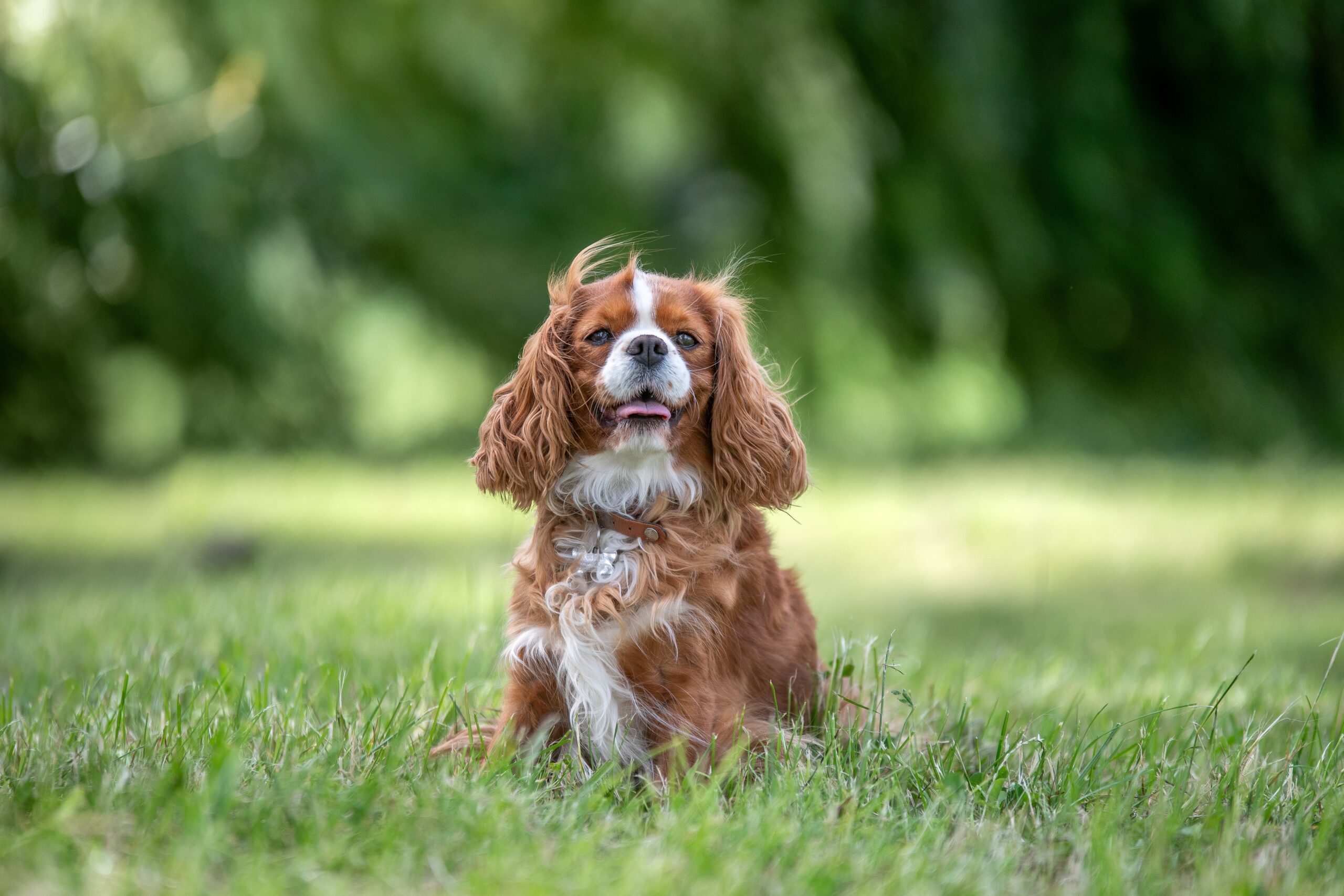
Cavalier King Charles Spaniels are known for their sweet and affectionate nature, making them wonderful companions. However, their love for human company can lead to separation anxiety when left alone. Dr. Karen Overall, a veterinary behaviorist, notes that Cavaliers often struggle with being apart from their owners due to their desire for constant companionship. To manage their anxiety, it’s essential to provide them with a consistent routine and plenty of positive reinforcement. Leaving a piece of clothing with your scent can also help comfort them while you’re away.
These small dogs are happiest when they’re part of the family activities, enjoying snuggles on the couch or playtime in the yard. When left alone, Cavaliers may resort to whining, barking, or even having accidents indoors due to stress. Establishing a predictable schedule can help ease their anxiety and give them a sense of security. Engaging their minds with puzzle toys or interactive games can also keep them occupied and content. Remember, Cavaliers thrive on love and attention, so shower them with both whenever you can.
6. Italian Greyhound

Known for their elegant appearance and gentle demeanor, Italian Greyhounds are sensitive souls. This sensitivity can make them more prone to separation anxiety when they are left alone. These sleek dogs develop strong attachments to their owners and feel most secure when they are nearby. If left alone too often, an Italian Greyhound might start to tremble or show signs of distress. To help mitigate anxiety, it’s essential to build up their confidence by gradually increasing the time they’re left alone.
Italian Greyhounds are not just couch potatoes; they need regular exercise to keep them happy and healthy. A brisk walk or a short play session can help burn off some of their nervous energy. Providing them with a cozy, safe space they can retreat to when you’re away can also be comforting. Enrichment activities like scent games or interactive toys can keep them engaged. Remember, patience and consistency are key when helping your Italian Greyhound adjust to being alone.
7. Australian Shepherd

Australian Shepherds are intelligent and energetic dogs that excel in activities requiring agility and obedience. However, this intelligence and energy can also make them more susceptible to separation anxiety. According to Dr. John Ciribassi, a board-certified veterinary behaviorist, Aussie Shepherds require regular mental and physical stimulation, which means they can become anxious without it. To help an Australian Shepherd cope with being alone, try incorporating advanced training exercises or agility courses into their routine. This can offer both the mental and physical challenges they crave.
An under-stimulated Australian Shepherd might resort to excessive barking, digging, or trying to escape the yard. These behaviors are often signs of anxiety and restlessness, indicating their need for more engagement. Owners should focus on providing a varied routine that includes plenty of exercises and mentally stimulating activities. This might involve extended play sessions, hikes, or interactive toys that challenge their brains. Consistent engagement and affection can help keep an Aussie content and reduce anxiety-related behaviors.
8. Chihuahua

Chihuahuas may be tiny, but they have big personalities and even bigger hearts, often becoming deeply attached to their owners. This strong attachment can lead to separation anxiety, especially if they’re left alone for long periods. These little dogs are known to become quite vocal when stressed, barking and whining to express their discomfort. To help reduce their anxiety, try creating a safe space where they can retreat when you’re away. This could be a cozy bed with a favorite blanket or a designated area with familiar scents.
Despite their small size, Chihuahuas need regular mental and physical activity to stay happy and healthy. Short walks, playtime, and interactive toys can keep them engaged and tire them out, reducing anxiety when left alone. It’s also beneficial to gradually get them used to being alone by starting with short periods and slowly increasing the time. This helps build their confidence and reduces the stress associated with your departure. Remember, consistency and patience are key when helping a Chihuahua adjust to alone time.
9. Pomeranian
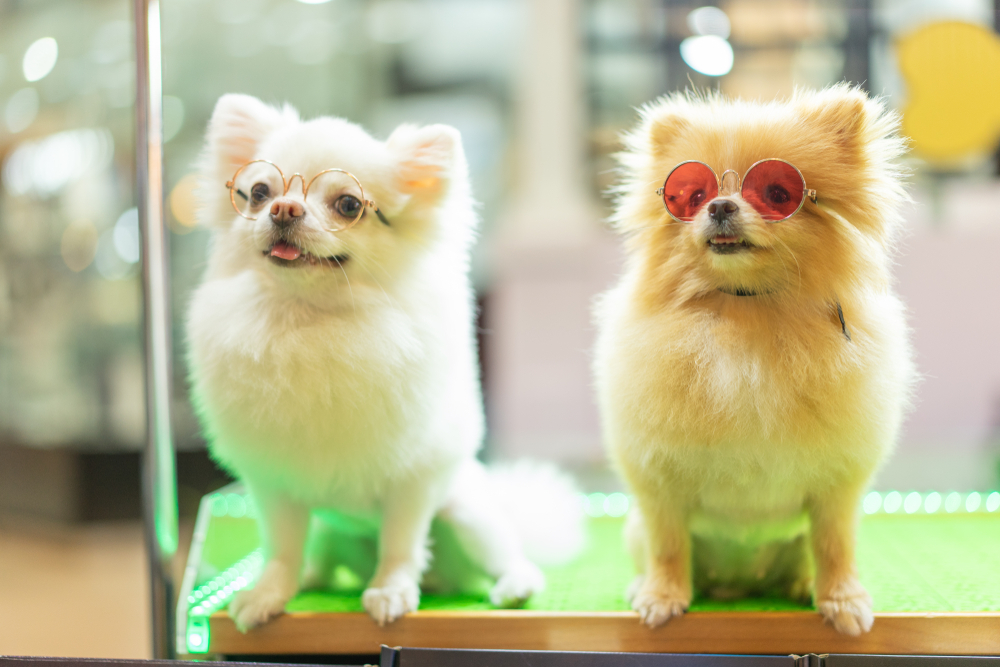
Pomeranians are known for their lively personalities and fluffy appearance, but their social nature can make them prone to separation anxiety. These little dogs thrive on human interaction and can become distressed when left alone for extended periods. If a Pomeranian is anxious, it may bark excessively or display destructive behavior as a way to cope with its stress. To help manage their anxiety, ensure they have plenty of physical and mental stimulation throughout the day. This might include short walks, play sessions, or interactive toys that challenge their minds.
Creating a consistent routine can also help alleviate some of the stress your Pomeranian feels when you’re away. They benefit from knowing when to expect walks, meals, and bonding time, which gives them a sense of security. It’s also helpful to provide them with a designated area where they feel safe and comfortable. A cozy bed or crate with familiar scents can serve as a comforting retreat. Remember, a little extra attention and reassurance can go a long way in helping your Pomeranian deal with separation anxiety.
10. Vizsla
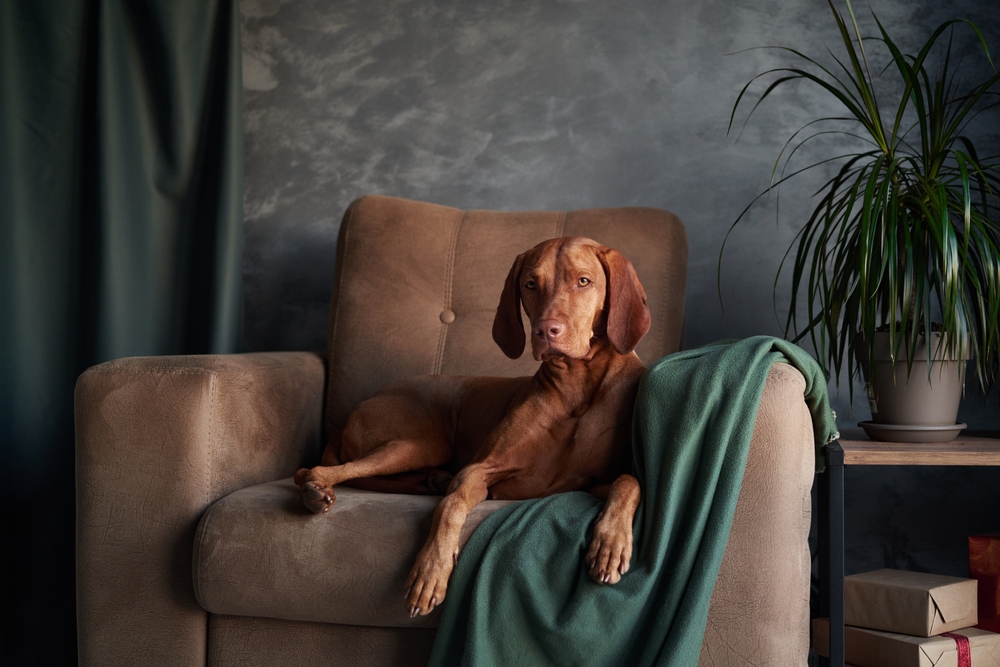
Vizslas are known for their affectionate nature and need for companionship, making them susceptible to separation anxiety. These dogs form strong bonds with their families and are happiest when they’re part of the action. When left alone, a Vizsla might become anxious and resort to behaviors like chewing or barking excessively. To help manage their anxiety, focus on providing physical and mental stimulation throughout the day. A tired Vizsla is less likely to become anxious when you’re not around.
Incorporating activities like long walks, runs, or interactive play sessions can help burn off their energy and reduce anxiety. Vizslas also enjoy tasks that engage their minds, such as advanced training exercises or puzzle toys. Creating a consistent routine can provide them with a sense of security and predictability. It’s also essential to gradually get them used to being alone to build their confidence over time. Remember, patience and understanding are crucial when helping a Vizsla cope with separation anxiety.
11. French Bulldog
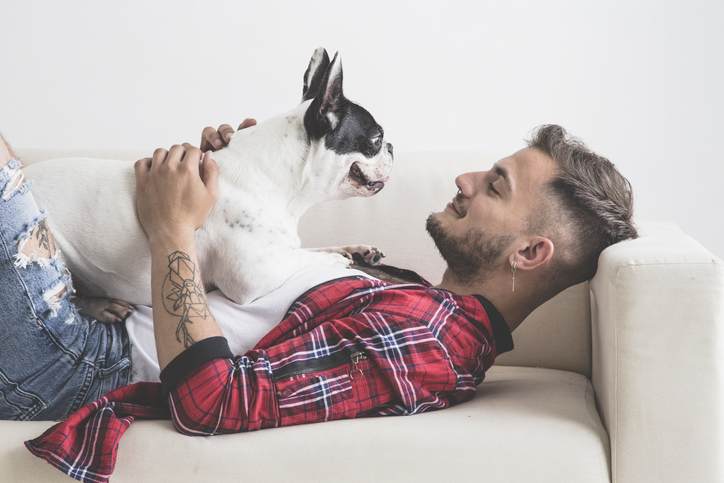
French Bulldogs are known for their playful and loving nature, often forming strong attachments to their owners. This attachment can sometimes lead to separation anxiety, especially if they’re left alone frequently. A French Bulldog experiencing anxiety might display behaviors such as barking, whining, or becoming destructive. To help manage their anxiety, it’s essential to provide a consistent routine and plenty of physical and mental stimulation. Regular play sessions and short walks can keep them engaged and reduce stress levels.
Creating a cozy space where your French Bulldog feels safe can also help ease their anxiety. A comfortable bed or crate with familiar scents can serve as a reassuring retreat when you’re away. Additionally, interactive toys or puzzle feeders can provide mental stimulation and keep them occupied during your absence. Gradual desensitization to alone time can also be beneficial in building their confidence. Remember, each dog is unique, so understanding and patience are key in addressing separation anxiety in French Bulldogs.
12. Boston Terrier

Boston Terriers are friendly and sociable dogs that thrive on human interaction, making them prone to separation anxiety. These dogs can become distressed when left alone, often resorting to behaviors like barking or chewing to cope. To help manage their anxiety, it’s crucial to provide plenty of physical and mental stimulation throughout the day. Engaging them in short walks, play sessions, or interactive games can help reduce their stress levels. Creating a consistent routine can also give them a sense of security and predictability.
A comfortable space where they feel safe and secure is essential for a Boston Terrier dealing with separation anxiety. Providing them with a cozy bed or crate with familiar scents can serve as a comforting retreat when you’re not home. Gradually getting them used to being alone by starting with short periods and slowly increasing the time can help build their confidence. Interactive toys or puzzle feeders can also keep them engaged and occupied during your absence. Remember, patience and understanding are essential when helping a Boston Terrier adjust to alone time.
13. Cocker Spaniel

Cocker Spaniels are known for their friendly and affectionate nature, making them popular family pets. However, their strong attachment to their families can lead to separation anxiety when they’re left alone. If a Cocker Spaniel becomes anxious, they might display behaviors such as excessive barking, whining, or destructive actions. To help manage their anxiety, ensure they have regular physical and mental exercise throughout the day. Activities like walks, play sessions, or interactive games can keep them engaged and reduce stress levels.
Providing a consistent routine can also help give your Cocker Spaniel a sense of security and predictability. A comfortable space where they feel safe and secure is crucial in helping them cope with separation anxiety. Offering them a cozy bed or crate with familiar scents can serve as a reassuring retreat when you’re not home. Gradual desensitization to alone time can help build their confidence over time. Remember, patience, understanding, and plenty of love are key in helping a Cocker Spaniel deal with separation anxiety.
14. Maltese
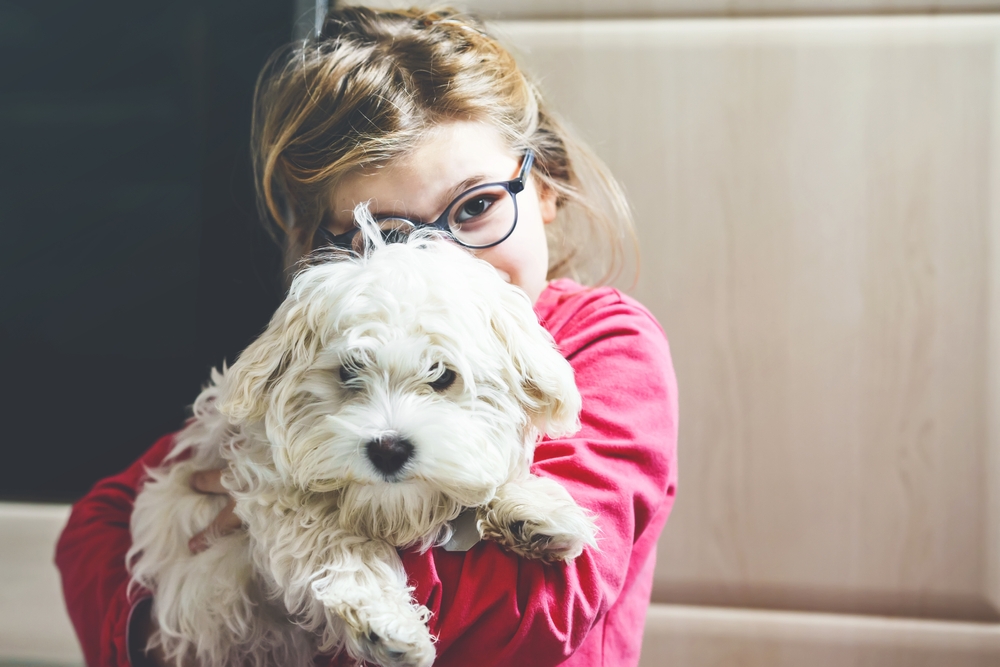
Maltese are charming little dogs with a sweet disposition, often forming strong bonds with their owners. This attachment can sometimes lead to separation anxiety, particularly if they’re left alone for extended periods. A Maltese experiencing anxiety might resort to barking, whining, or destructive behaviors. To help manage their anxiety, focus on providing plenty of physical and mental stimulation throughout the day. Short walks, play sessions, or interactive toys can keep them engaged and reduce stress levels.
Creating a consistent routine can also give your Maltese a sense of security and predictability. Providing them with a cozy space where they feel safe and secure is essential in helping them cope with separation anxiety. A comfortable bed or crate with familiar scents can serve as a comforting retreat when you’re away. Gradually getting them used to being alone by starting with short periods and slowly increasing the time can help build their confidence. Remember, understanding, patience, and lots of love are vital in helping a Maltese adjust to alone time.
